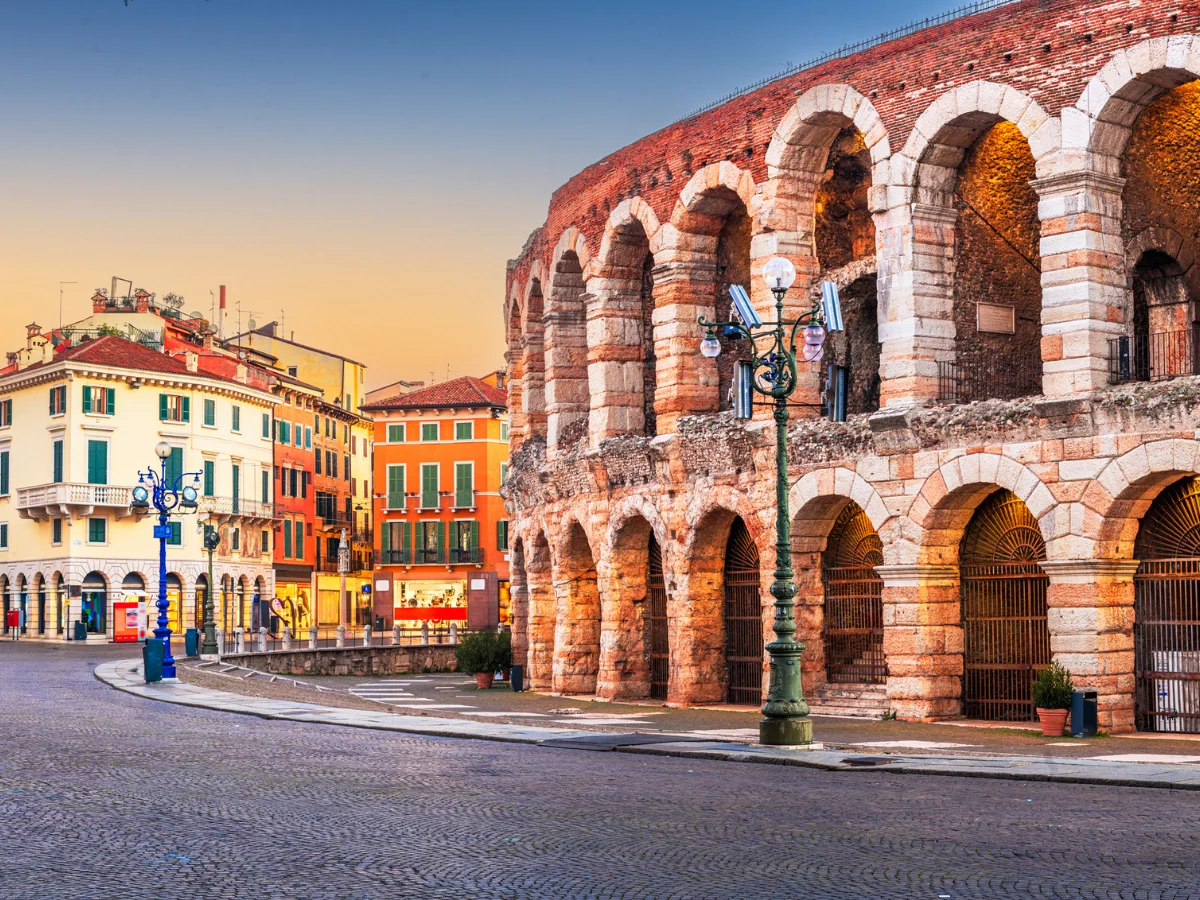The engineering of ships in Ancient Rome
The engineering of ships in Ancient Rome were vital for trade and military conquests. Their innovative designs and sturdy construction ensured seaworthiness and efficiency. From warships to merchant vessels, Roman ships patrolled the seas, safeguarding trade routes and projecting power. Utilizing advanced technology and sturdy materials, they set the standard for maritime engineering. Although physical remnants are scarce, their legacy lives on in historical records and archaeological discoveries. In essence, the engineering of Roman ships exemplifies their mastery of naval technology and their enduring impact on maritime history.

The engineering of ships in Ancient Rome
Engineering Marvel: Ships in Ancient Rome
Naval Dominance
Ancient Rome’s ships were crucial for asserting control over the Mediterranean and facilitating trade across the empire. Their advanced design and sturdy construction made them formidable vessels on the open sea.
Innovative Designs
Roman engineers crafted various types of ships tailored to specific purposes, including warships and merchant vessels. These designs incorporated innovative features for speed, maneuverability, and cargo capacity.
Sturdy Materials
Ships were constructed using sturdy materials such as wood, often reinforced with metal fittings and fastenings. This ensured durability and seaworthiness, allowing Roman vessels to withstand the rigors of maritime travel.
Strategic Importance
The Roman navy, or the Classis, played a vital role in safeguarding trade routes and projecting military power. Their ships patrolled the seas, protecting against piracy and ensuring the safe passage of goods and troops.
Technological Advancements
Roman shipbuilders pioneered advancements in naval technology, such as the use of sails and navigation instruments. These innovations improved efficiency and allowed Roman ships to traverse long distances with greater ease.
Legacy of Influence
The engineering principles behind Roman ships influenced maritime technology in later civilizations. Their designs and construction techniques set the standard for shipbuilding in the ancient world.
Enduring Legacy
Although few physical remnants of Roman ships remain, their legacy lives on in historical records and archaeological finds. Their contributions to maritime engineering continue to be studied and admired by scholars and historians.
In summary, the engineering of ships in Ancient Rome represents a significant achievement in naval technology. From warships to merchant vessels, Roman ships played a crucial role in the empire’s maritime dominance and economic prosperity. Their innovative designs, sturdy construction, and strategic importance left a lasting legacy that continues to be appreciated today.



